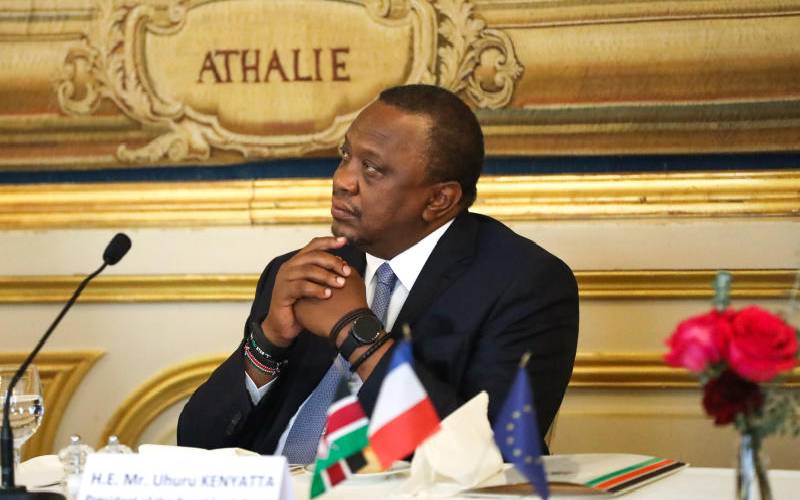×
The Standard e-Paper
Join Thousands Daily

President Uhuru Kenyatta during a France-Kenya business forum hosted by MEDEF, the largest French business consortium in the world. The luncheon was attended by top executives of leading French companies.
President Uhuru Kenyatta’s launch of the Chinese-funded Standard Gauge Railway (SGR) commuter train between Mombasa and Nairobi in May 2017 was electrifying and sobering at the same time.